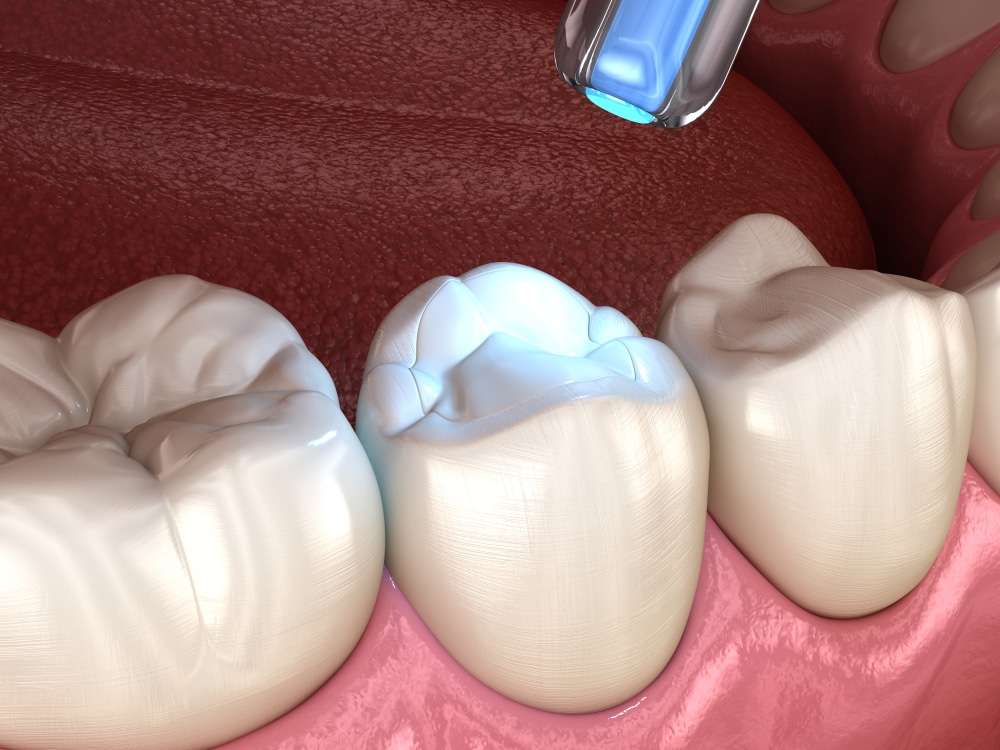
Nearly 90% of U.S. adults develop at least one cavity despite following their dentist’s advice. A Centers for Disease Control study shows 25% of adults currently have at least one untreated cavity. Unfortunately, many people don’t realize they have a cavity until complications arise.
A cavity is another term for tooth decay, which damages the enamel protecting your teeth. If untreated, decay spreads to nearby teeth, causing severe pain and discomfort.
Dentists treat cavities with fillings, which restore tooth function and prevent further damage. This procedure involves filling the cavity with durable material to strengthen the tooth.
Although fillings might seem daunting, they are common, quick, and relatively painless. Their benefits far outweigh the minor inconvenience of scheduling an appointment.
Dental fillings look very natural and blend right in with your natural teeth, eliminating any embarrassment or potential cosmetic flaws.
Fillings can improve the function of your teeth, strengthening a weakened tooth and making chewing less painful.
Fillings can last up to 15 years so once you’ve addressed the problem, it’s unlikely you’ll need to worry about it for a long time after.
How does getting a filling work? First, your dentist determines the best filling type for you. They consider your tooth’s condition, allergies, and budget before selecting gold, silver, resin, or porcelain. The procedure is quick and painless, usually beginning with local anesthesia to numb the area. Next, the dentist drills the tooth to remove decay, sometimes using multiple drills if needed. They then shape the tooth and apply the filling, ensuring a secure and smooth bond.
Special tools polish the tooth, removing sharp edges for a comfortable and natural feel. The entire process takes about an hour, and most patients resume activities immediately. Some may experience sensitivity to hot or cold, which typically fades within a few weeks. If you’re in Escondido, California, and have dental pain, contact us today for a consultation!
